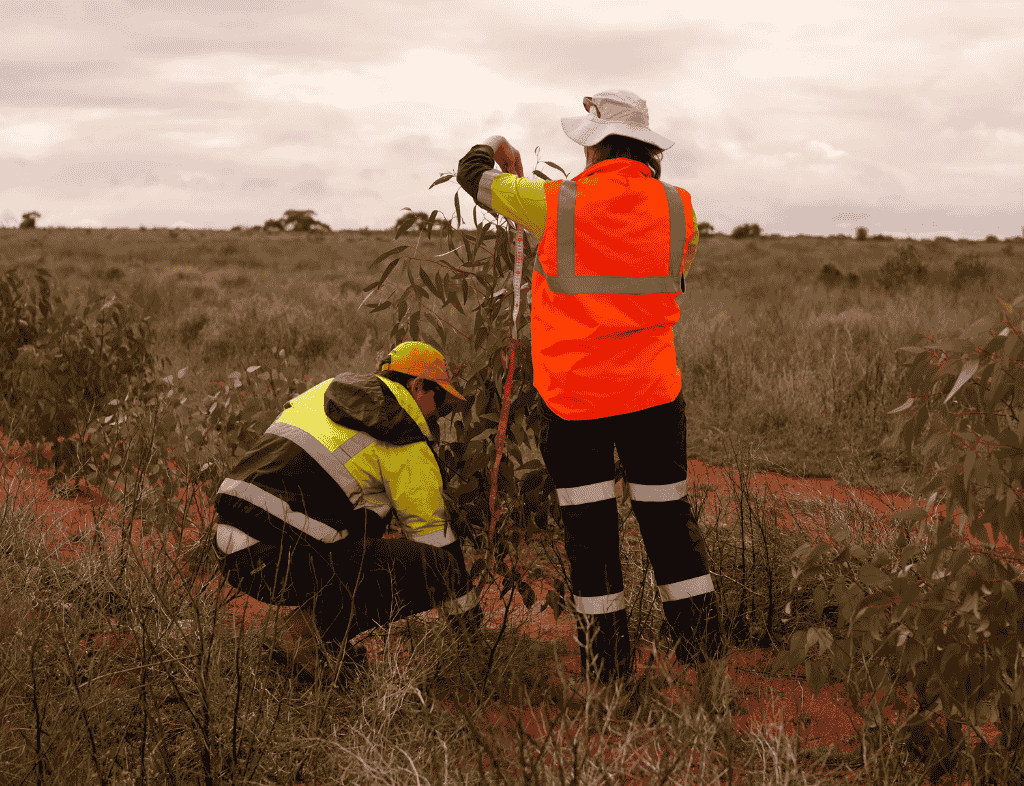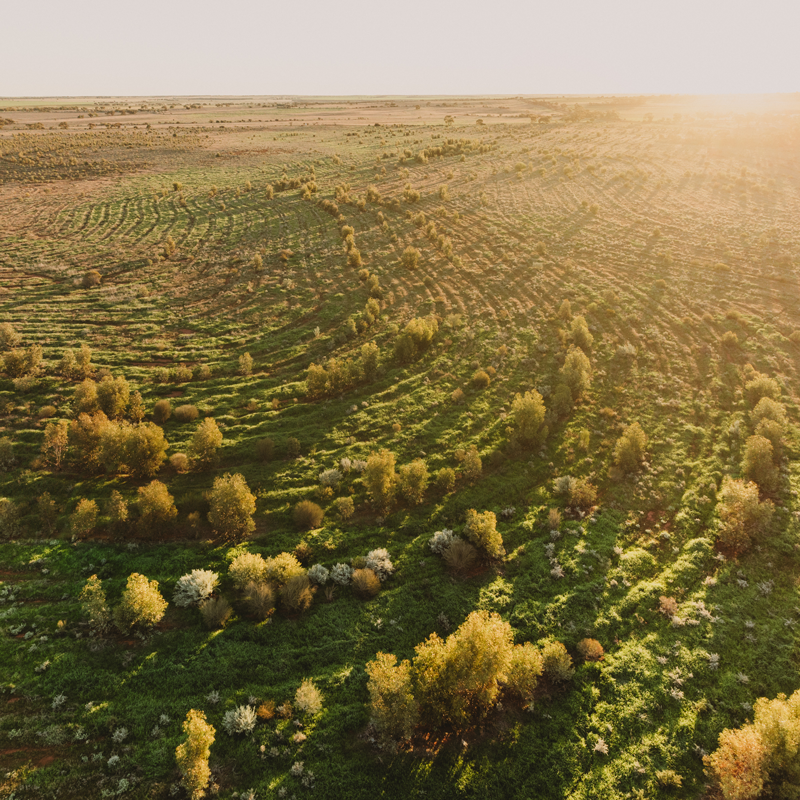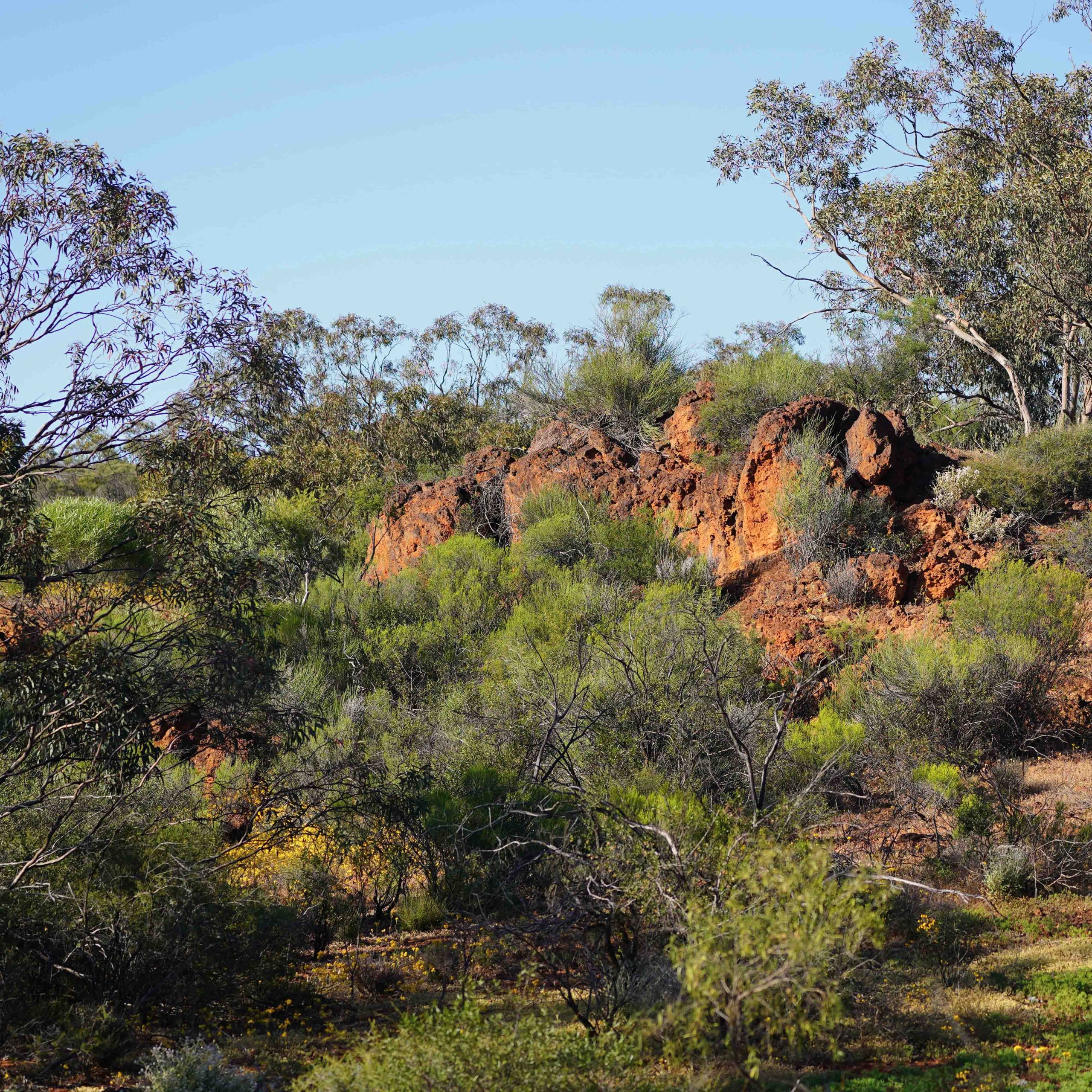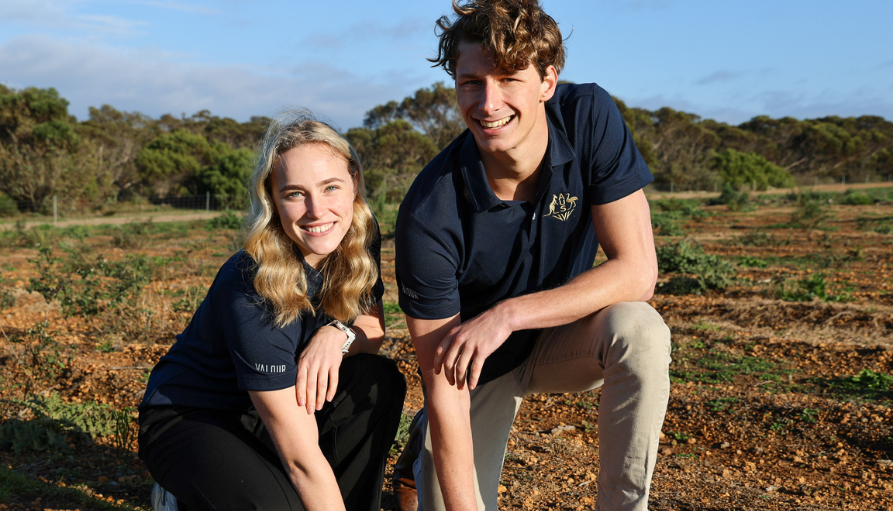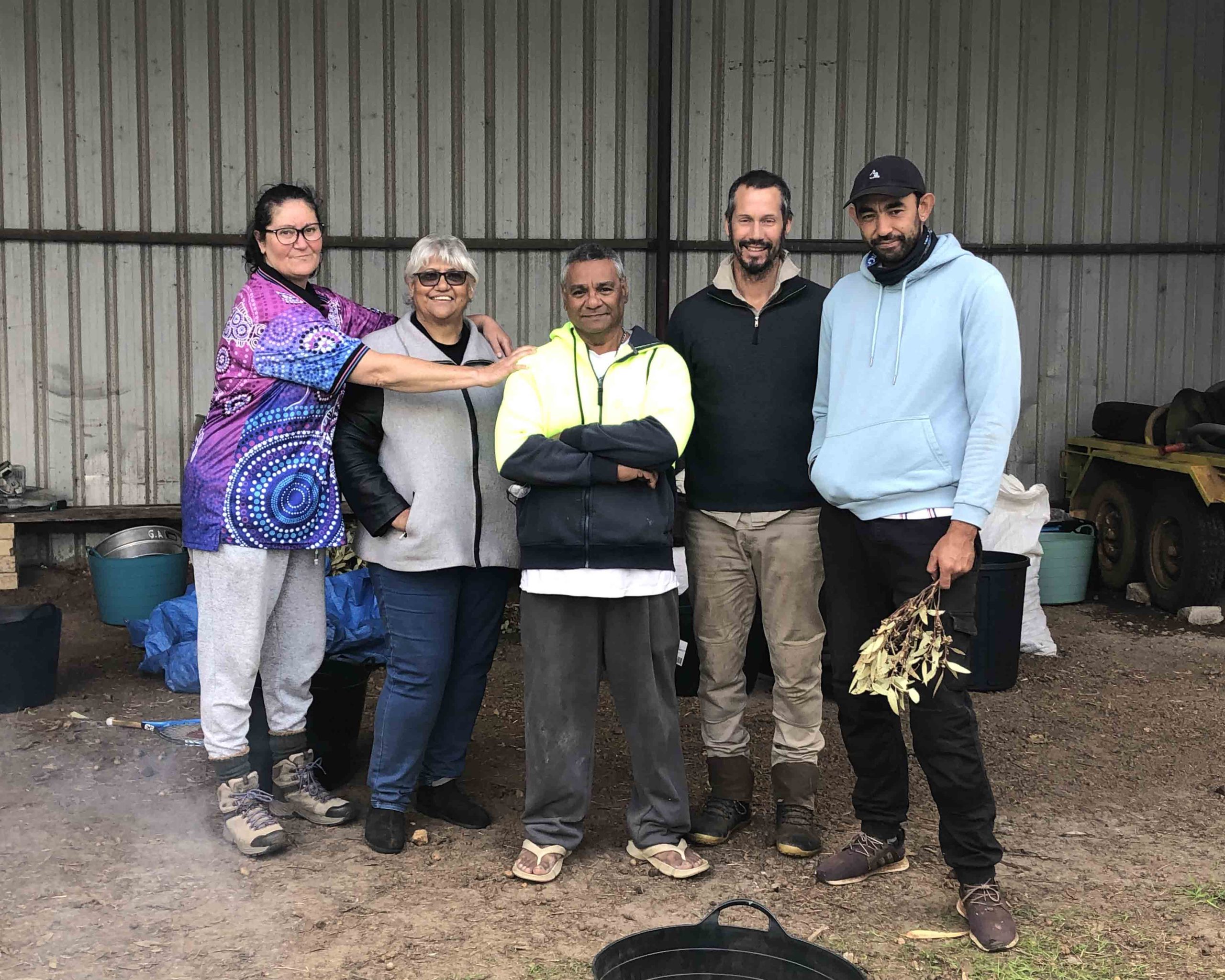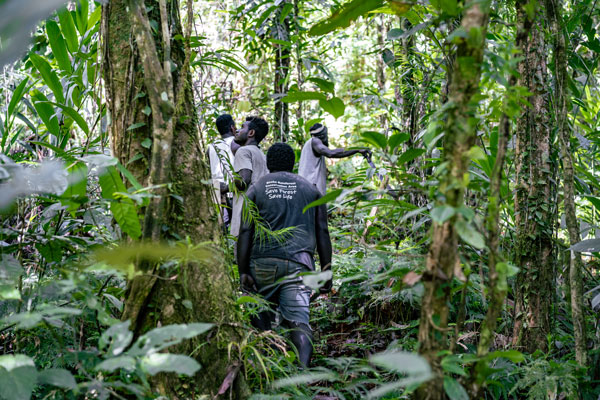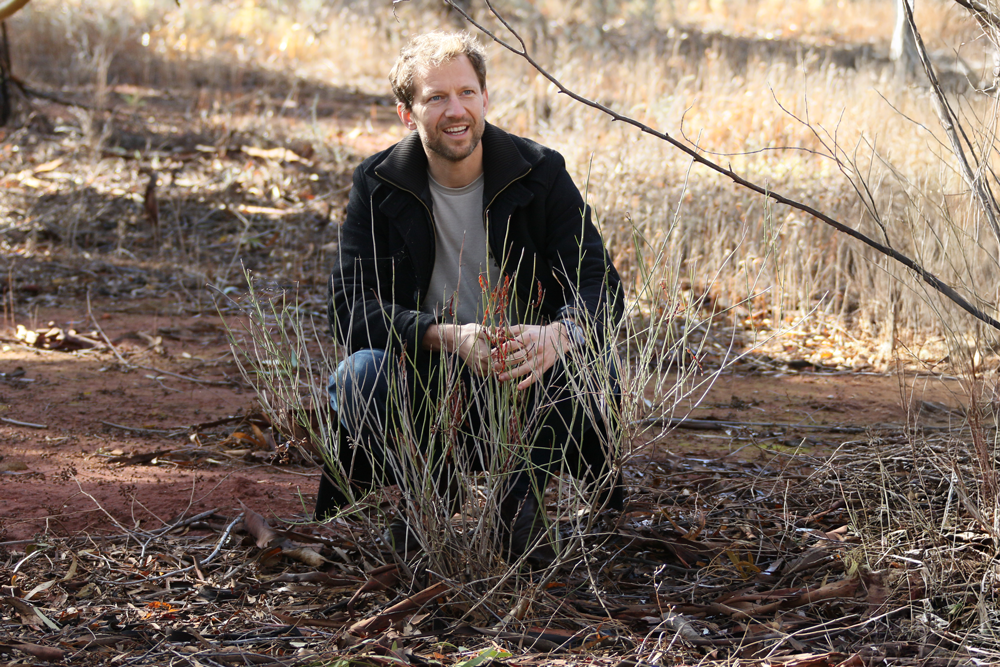Driving Mangrove Restoration in Vietnam’s Cà Mau
Carbon Neutral
DateNovember 2025

Reflections on a recent trip by Carbon Neutral’s Tali Rogers
Stepping off the plane in August, I was first greeted by the energy of Ho Chi Minh City. After a quick stop, warding off the jetlag with a glorious Vietnamese coconut coffee and banh mi, I boarded the smallest plane I’d ever been on. Looking down, I flew over miles of degraded mangrove forests and the varying blues of shrimp ponds, a striking visual prelude to the two emblems of my destination: Cà Mau.
The purpose of this trip was to conduct a critical stakeholder consultation and an in-person, co-designing session for Save the Children’s mangrove restoration project. After years of collaborating online, it was a genuine pleasure to finally meet our colleagues at Save the Children Vietnam and, of course, the people of Cà Mau, whom the program aims to support.
On-the-ground perspectives in the Delta
The consultations took place in the Nam Can commune, where, amongst the mangroves and shrimp ponds, we were served fresh seafood. Outside, the monsoon rains did not hold back. Save the Children Vietnam expertly facilitated the consultation and workshops. Representing Carbon Neutral as the project’s technical partner, I and colleagues from Save the Children Global Ventures presented several options for the project’s design for discussion.
This on-the-ground consultation was vital. We can make assumptions from our desks in Australia, but we lack the lived experience of the people we are trying to connect climate finance to for more sustainable production links and ecosystem protection. Having an awesome interpreter with us the whole time was key, allowing us to deeply connect and understand the farmers’ experience first-hand.
My key takeaway was the profound risk facing these communities. The farmers’ generational experience is fascinating and their livelihoods are on the line due to climate change. Rising sea levels are causing erosion that threatens their homes and disease is increasingly reducing shrimp yields. The shrimp in our supermarkets may have started in Cà Mau but without intervention, this vital ecosystem and the farmers’ livelihoods that enable it are under threat.


A Revaluation of Mangroves
Helpfully, part of the solution is right here in the amazing trees we call mangroves. Their value lies in the fact that:
- They sequester up to 10 times more carbon than trees on land.
- Their tangled roots provide a natural barrier against erosion and storm surges.
- When integrated properly with aquaculture, they improve water quality and act as natural food and shelter for the shrimp, leading to more sustainable harvests.
I came away from the trip enthused and passionately committed to re-igniting the value of these incredible trees and the ecosystem services they provide.


The Foundational Blueprint for Action
The sheer complexity of the project and the urgency of the threats we discussed meant that the August consultation wasn’t an endpoint; it was the foundational blueprint for further piloting of project activities to make sure we do right by the communities, through co-design and working in unison.
Since returning, the team has been focused on translating local insights into a scalable program. We are utilising the consultation data to finalise our carbon finance mechanism. The hope is to allow Save the Children to expand this more sustainable model of aquaculture and mangrove restoration to more farmers across the Delta and potentially the Southeast Asia region. Crucially, Save the Children is designing the program to address the local issue of youth migration, aiming to give the next generation hope for a sustainable, prosperous future at home.
The hard work is being done behind the scenes now to build the operational structure. I am deeply optimistic about the momentum we are building and I’m looking forward to sharing the next update as we move from detailed design into piloting and deployment.

About the author
Tali Rogers | Project and Research Officer
Tali’s background in international business and sustainability makes her a valuable asset to Carbon Neutral. A 1st class graduate in International Business Management from the University of Bristol, she brings strong analytical and research skills to her role in the International Partnerships division. Since moving to Australia in November 2023, she has combined her attention to detail with a passion for sustainability, guided by a deep commitment to integrity and achieving fair outcomes for both people and the planet.
Explore stories in the world of sustainability, carbon and climate change.

